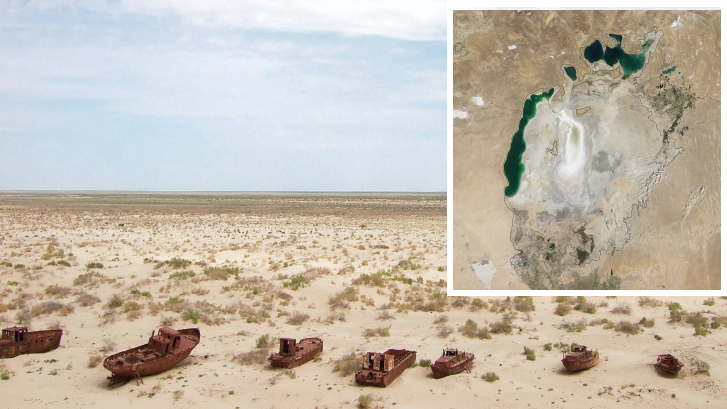Explaining Causes and Effects

Responding to an Image
These two images suggest both causes and effects. What causes can you identify? What effects? Also consider artistic choice — the selection of each scene and the vantage point from which it was photographed. What mood does each photograph create? How does each affect you?
When a house burns down, an insurance company assigns a claims adjuster to look into the disaster and ask, Why? He or she investigates to find the answer — the cause of the fire, whether lightning, a cooking mishap, or a match that someone deliberately struck — and presents it in a written report. The adjuster also details the effects of the fire — what was destroyed or damaged, what replacement or restoration will be necessary, what repairs will be required, how much they will cost, and how long the family may need temporary housing.
Often in college you are asked to investigate and think like the insurance adjuster, tracing causes or identifying effects. To do so, you have to gather information to marshal evidence. Effects are usually easier to identify than causes. Results of a fire are apparent to an onlooker the next day, although its cause may be obscure. For this reason, seeking causes and effects may be an uncertain pursuit, and you are unlikely to set forth definitive explanations with absolute certainty. Despite these uncertainties, causes and effects intrigue investigative journalists, stock market analysts, historians, and geographers, as well as families who look for one generation’s impact on another.
Why Explaining Causes and Effects Matters
In a College Course
- You explore causes or effects to add depth to your papers whether you are investigating teen parenthood in sociology, romanticism in American fiction, or head traumas in speech pathology.
- You identify causes (such as those for the decline or the revival of the U.S. auto industry) or effects (such as those of widespread unemployment in Detroit) in essay exams.
In the Workplace
- You consider causes and effects when you recommend changing from one advertising campaign to another to improve sales or from an old procedure to a new one to improve quality, efficiency, or safety.
In Your Community
- You use causal analysis to help you advocate for more rigorous standards for the fuel efficiency of new vehicles or for stronger school board support for early childhood programs.
 When have you explained causes, effects, or both in your writing? What situations are likely to require this kind of analysis?
When have you explained causes, effects, or both in your writing? What situations are likely to require this kind of analysis?